Life in the Florida Everglades
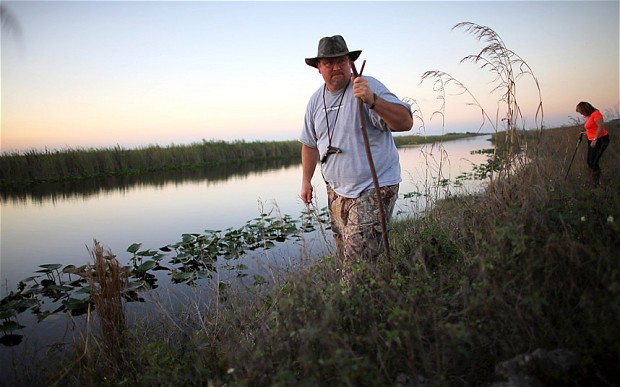
Area Basics
Everglades City, the closest city to the Everglades, is a city in Collier County, Florida, United States, of which it is the former county seat. It is part of the Naples-Marco Island Metropolitan Statistical Area and is on the Barron River south of Tamiami Trail in Collier County, Florida. Its nickname is "Gateway to the Ten Thousand Islands." It is at the end of State Road 29 and takes about 35 minutes to drive there from downtown Naples. The population is around 600 people, more or less. Everglades City is a convenient place to stay while exploring the Everglades, Chokoloskee and the Ten Thousand Islands. It is a place of magic and mystery. It is also a place where hardworking Florida Crackers (colonial-era British and American pioneer settlers and their descendants) eked out a living from the shallow waters of the mangrove-fringed Everglades.
The Everglades and the Ten Thousand Islands is a rare and beautiful place. It is one of North America's unsung wild places - a beautiful, rugged, subtropical landscape experienced by a relatively few adventurous souls each year. Many who appreciate the unique qualities of this wilderness will argue that it is a place better-kept secret. It is a resource important not only for its natural heritage and spiritually enriching powers but for its commercial and recreational values as well.
Check out their monthly magazine!
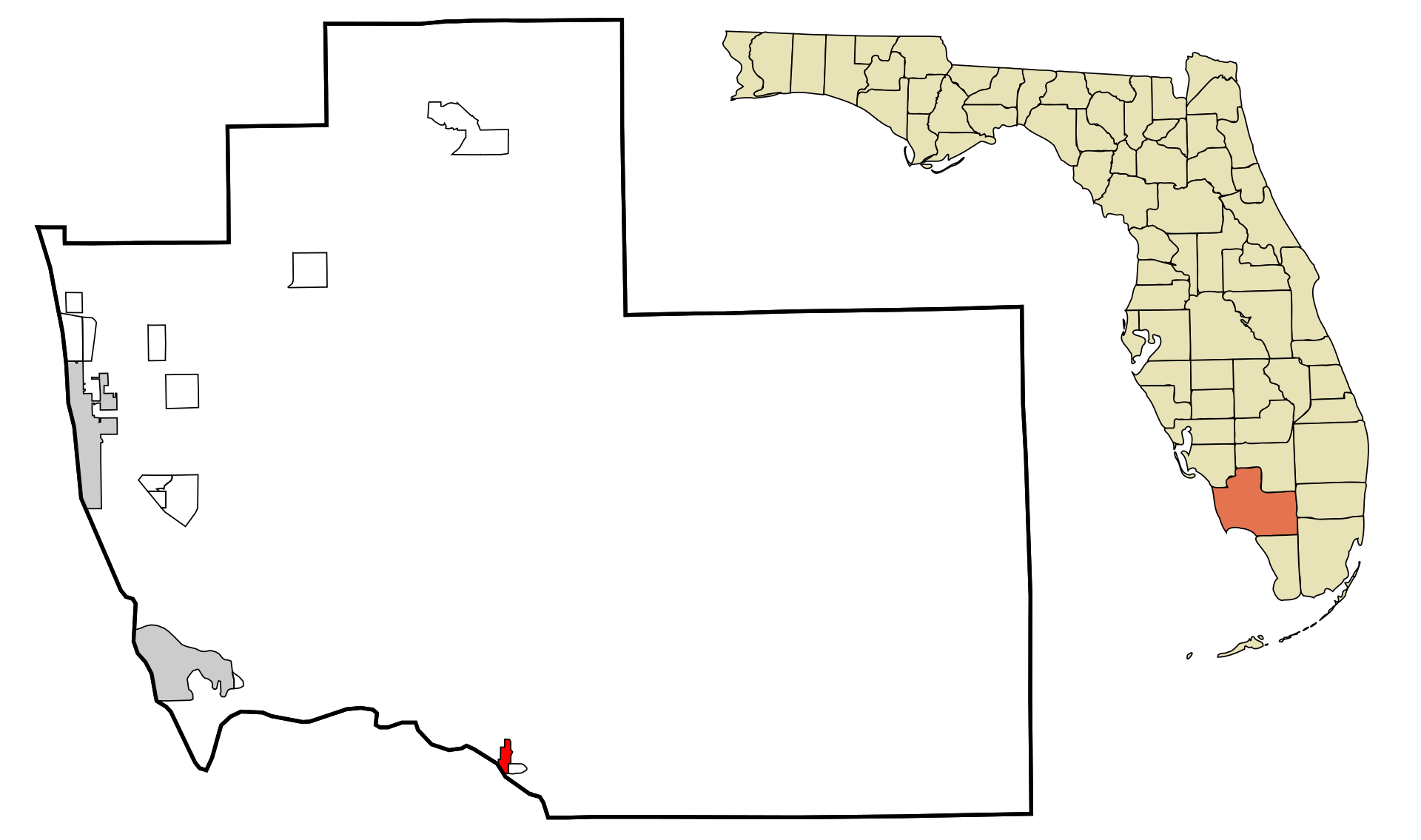
History
The area around Chokoloskee Bay, including the site of Everglades City, was occupied for thousands of years by Native Americans of the Glades culture, who were absorbed by the Calusa shortly before the arrival of Europeans in the New World, but by the time Florida was transferred from Spain to the United States in 1821, the area was uninhabited. A legend says that Seminoles planted potatoes along what is now the Barron River during the Seminole Wars, in the vicinity of the present Everglades City.
American settlement began after the Civil War, when Union sympathizers who had farmed on Cape Sable to supply Key West during the war moved up the west coast of the peninsula. The first permanent settler was William Smith Allen, who arrived on the banks of Potato Creek (later renamed the Allen River) in 1873. After Allen retired to Key West in 1889, George W. Storter, Jr. became the principal landowner in the area. Storter gained fame for his sugar cane crops. He opened a trading post in 1892, and gained a post office, called "Everglade", in 1895. Storter also began entertaining northern tourists who came to Everglade by yacht in the winter to hunt and fish. His house eventually grew into the Rod and Gun Club, visited by United States Presidents and other notables.
The first school in Everglade was organized in 1893. The school moved into a new building in 1895, but the building was destroyed by a tornado later in the year. The next school building was washed away by the 1910 hurricane. A Methodist circuit rider began visiting Everglade in 1888, and a Methodist minister became resident the next year, but he left after four years. After that Everglade was occasionally visited by itinerant preachers of various denominations. The Episcopal Church established a mission at Immokalee which eventually moved to Everglades when revitalized in the 1930s by Harriet Bedell.
In 1922 Barron Collier began buying large areas of land in what was then southern Lee County. In 1923 the Florida legislature created Collier County from Lee County, with the county seat at Everglade. The town was incorporated the same year as "Everglades" (adding the "s"). The town consisted of only a dozen families at the time, but some northern sportsmen had established winter homes there.
In 1960 the strong winds and coastal flooding of Hurricane Donna combined to destroy 153 homes in Collier County, as well as inflict major damage on 409 more, and damage an additional 1,049. Everglades was hard hit, and two years later, Florida's legislature moved the county seat to East Naples, Florida. In 1965, the state legislature changed the town's name to Everglades City.
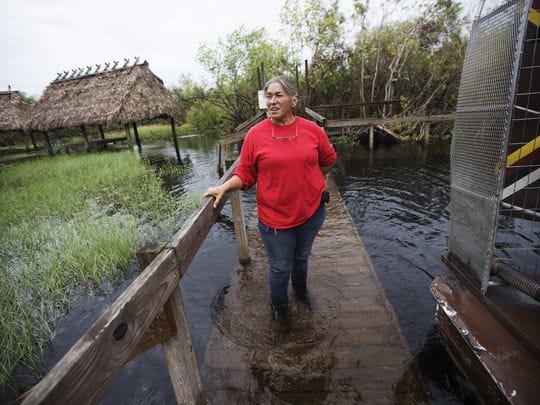
The first efforts to preserve the Everglades as a national park came during Simpson's era. But establishing this park was not an easy task. The movement to create it took almost 50 years and several generations of supporters.
The first purchase-for-protection of Everglades land came in 1916. To prevent the trees on Paradise Key, a hardwood hammock known for its plant diversity, from being cut down and replaced with citrus, the Florida Federation of Women's Clubs purchased the land and gave it to the state with the provision that it would become a state park.
A dozen years later, Ernest Coe began the first concentrated effort to set aside at least a million acres for what he called the Tropical Everglades National Park. Arriving in Florida in 1928, Coe formed the Tropical Everglades National Park Association and campaigned relentlessly for a national park in the Everglades.
His goal ran into trouble when, in 1929, the Depression began and his plans stalled. Not to be deterred, Coe persisted and finally convinced Congress to designate the Everglades as a national park in 1934.
The struggle did not end when President Franklin D. Roosevelt signed legislation passed by the Senate creating the park. It took park supporters another 13 years to get funding for the park. It was not until 1947 that Everglades National Park officially opened its doors to the public.
The early supporters of the park, were they alive today, would probably be dismayed but not surprised by the state of the Everglades. Even while they worked to preserve the grassy swamps, mangrove forests and shallow bays, they knew of the problems likely to arise from the changes taking place on the land outside the park's boundary.
Their fears became our realities and Everglades National Park is on the critical list today. At the heart of the issue is water. Beginning in April of 1906, work began on the first project to drain the Everglades. The goal was to change what was viewed as a worthless swamp into land for housing and agricultural purposes. Ninety years later the system is still in place and in need of constant attention.
To make the Everglades "useful," the US Army Corps of Engineers and state government officials authorized the digging of miles of canals, creating impoundments to store water, and installing structures designed to regulate the flow of water within the world's largest outdoor plumbing system.
Although never considered a complete success in terms of converting all the wetlands into developable lands, the project was highly effective in turning off the flow of fresh water to the park. This act is seen as the major reason for the decline of wildlife in the park. And until recently, all attempts to reverse this pattern and supply the park with fresh water have been unsuccessful.
Over the past five years, conservation groups, agribusinesses, and government agencies negotiated to get a plan adopted that would restore Everglades National Park. The cornerstone of the project is redirecting some of the water diverted from the River of Grass. Those wanting to see more water flow into the park can rightfully claim victory.
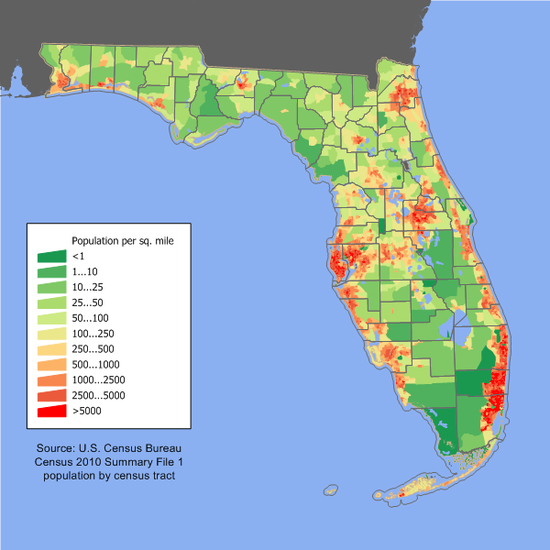
Demographics
As of the census of 2000, there were 479 people, 230 households, and 154 families residing in the city. The population density was 513.2 inhabitants per square mile (198.9/km2). There were 345 housing units at an average density of 369.6 per square mile (143.2/km2). The racial makeup of the city was 96.45% White, 0.84% African American, 0.63% Native American, 0.42% Asian, 1.46% from other races, and 0.21% from two or more races. Hispanic or Latino of any race were 3.97% of the population.
Socioeconomics
The median income for a household in the city was $36,667, and the median income for a family was $38,929. Males had a median income of $32,083 versus $22,222 for females. The per capita income for the city was $20,535. About 6.1% of families and 6.0% of the population were below the poverty line, including 9.5% of those under age 18 and 1.6% of those age 65 or older.
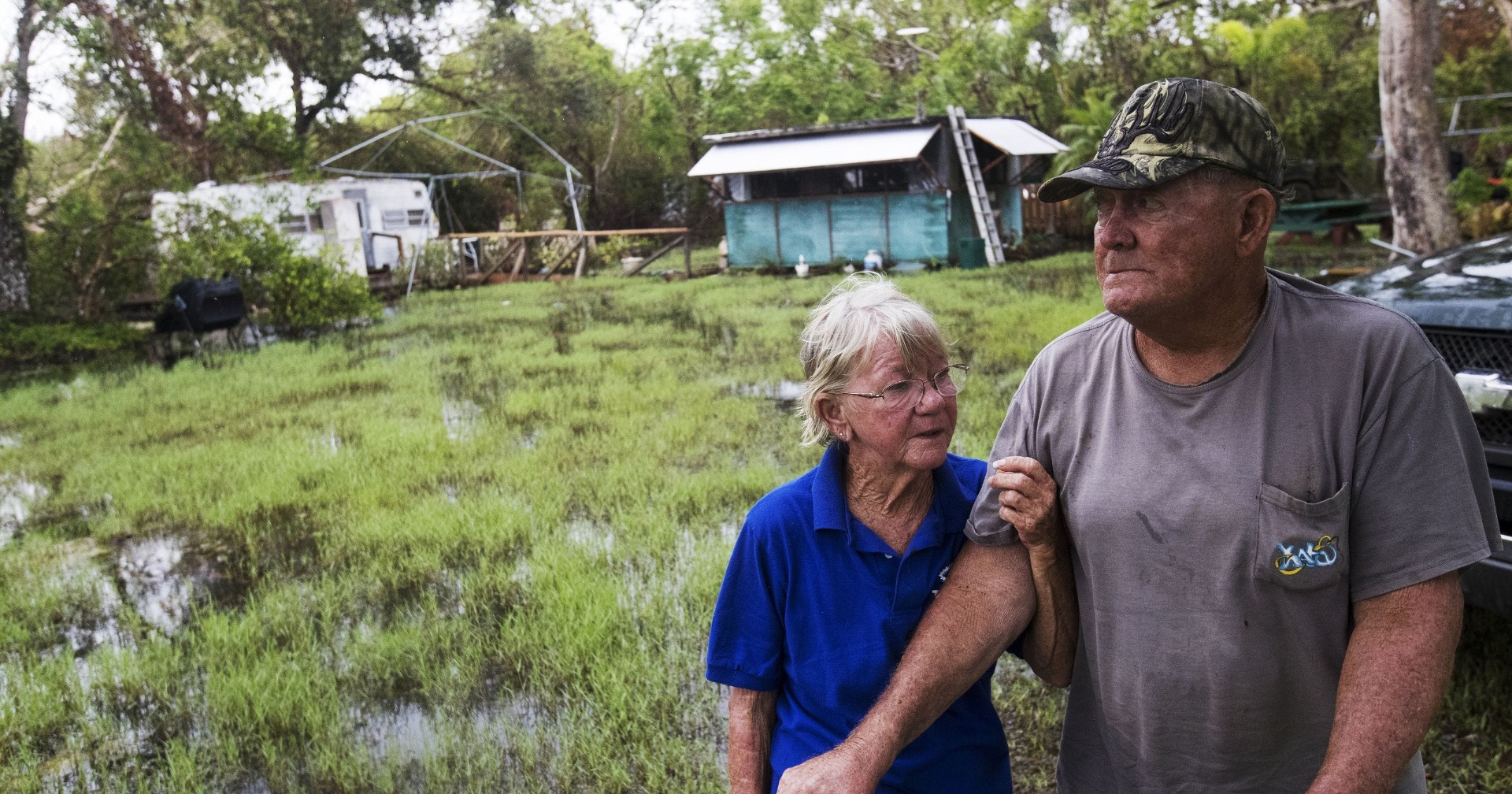
Real People
Arthur Leslie Darwin
Arthur Darwin lived on the island of Posseum Key, at the southern end of the Thousand Islands, since 1945 to his death in 1977 at the age of 112. Darwin had originally resided in the area as a hunter and carpenter. On the island he constructed a one-room concrete block house 14 x 16 feet> He had no electricity or running water, using a propane gas stove for cooking. His property consisted of a grill, skillet, trunk, and shelving for canned foods. His source of water was a cistern to catch rain. Darwin grew fruit (chiefly bananas) and vegetables and raised rabbits, selling much of his produce every two weeks in Everglades City, where he went for supplies. Encroaching mangroves and their tannic acid altered the island soil to the point that Darwin had to abandon growing.
Darwin owned a battery-powered radio but professed little interest in world events. He had no books and proffered no advice or deep convictions, nor did he contrive ways to combat boredom or loneliness. He acknowledged that he came to the island not to "get away from the world. I just like it here." Even so, in advanced age, he complained that "it's not like it used to be, that's for sure. If I wasn't so old, since everybody else has left, I'd leave, too. But I'll stay here till I die.
Martha Frock
At sixty-two, Martha Frock lived in the Everglades six miles from the nearest road in a house she built on ten acres of swamp. Her "little shack," as she called it, is made of wood resting on concrete blocks 16 inches from the ground. Frock spent many years as a waitress and in newspaper route delivery in the urban east coast of Florida before moving. She has no electricity but runs a stove, refrigerator, and two lights on propane, and uses a pitcher pump to draw well water. She cuts palm fronds to lay atop her roof for insulation against the heat. Her car had broken long ago and she was forced to persuade neighbors to take her grocery shopping, but even then she often eats only two or three times a week. Frock gets old magazines from a neighbor and has a radio but spends much time working on her grounds. Her sentiments when describing how she felt after one of her brief trips away: "Coming back here's just like going to heaven.
https://www.visitflorida.com/en-us/cities/everglades-city.html
https://www.florida-everglades.com/kris1.htm
https://www.cityofeverglades.org/about-the-city
https://www.florida-backroads-travel.com/everglades-city-florida.html
https://www.nps.gov/ever/planyourvisit/gcdirections.htm
https://www.nps.gov/ever/learn/index.htm